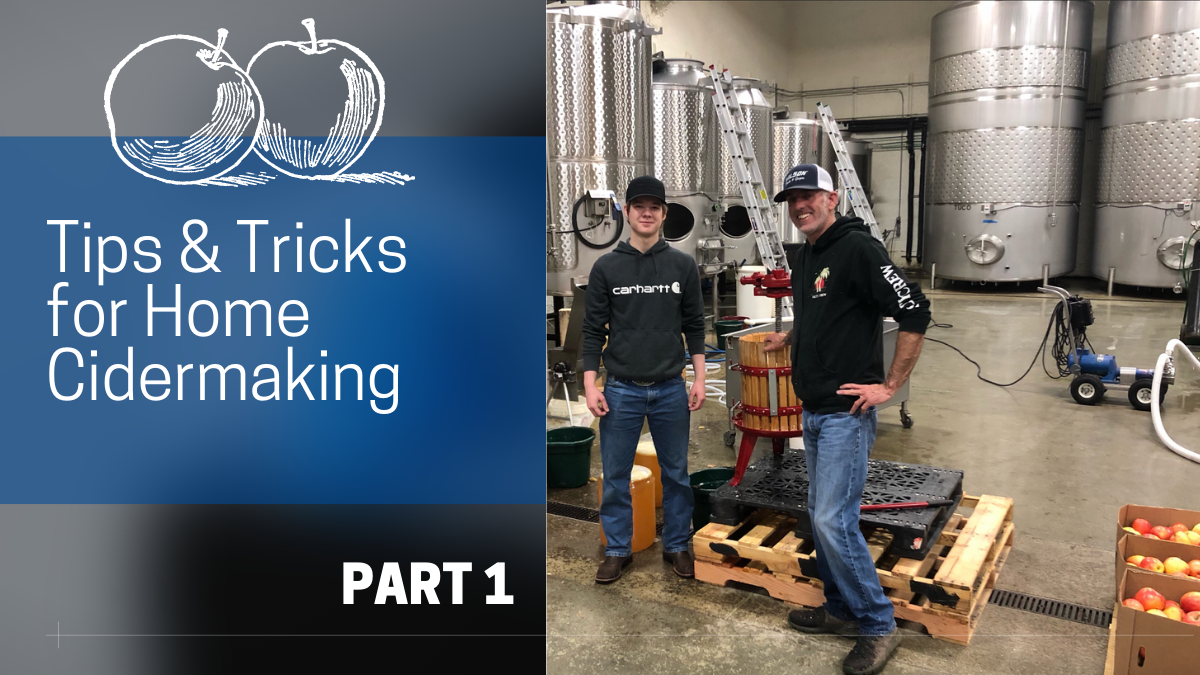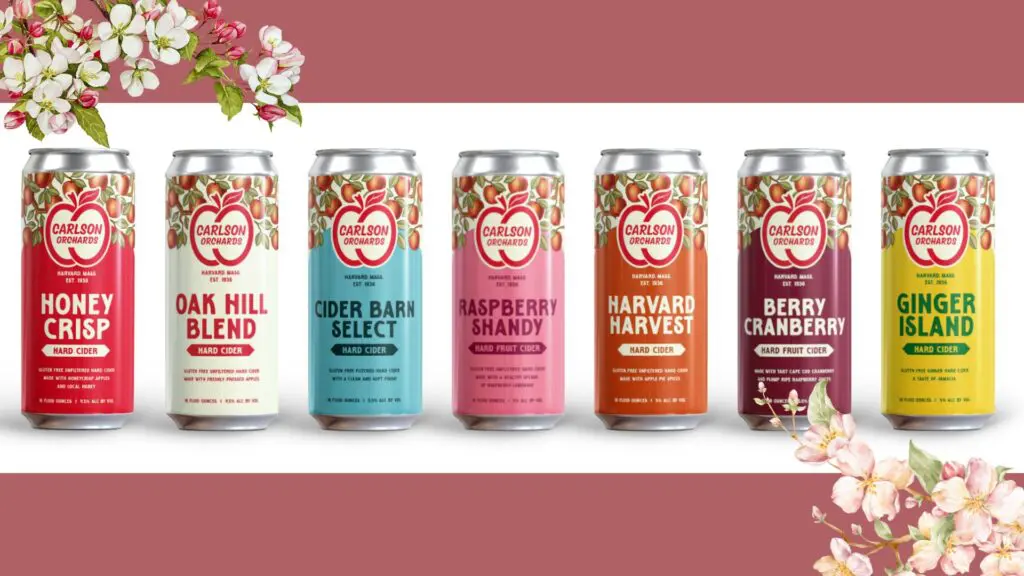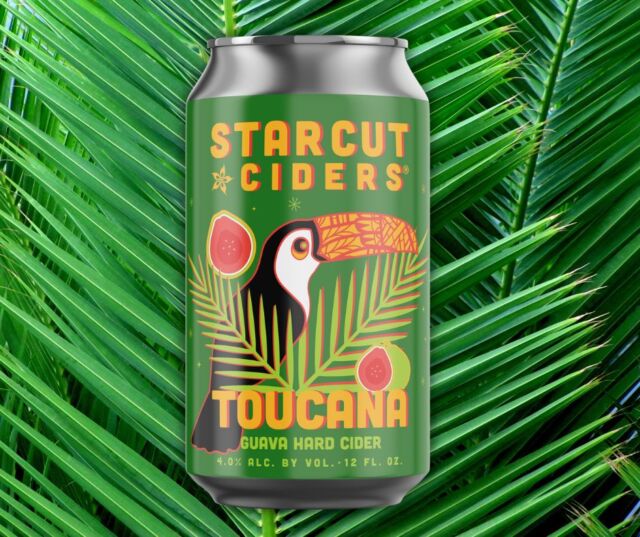Sam Keirsey is both an assistant winemaker and head cidermaker at Lake Chelan–based Karma Vineyards. A graduate of Washington State University’s enology program, Keirsey was asked to establish and launch Karma’s cidery, known as Bad Granny Hard Cider. This multi-part series is geared for those who wish to make cider at home, highlighting some of the tips and tricks Sam has learned over the years while making cider at Bad Granny.
Home cidermaking can be incredibly rewarding. As a professional cidermaker, one of the greatest gratifications is seeing consumers react positively to something that I, along with my production team, have created. At the same time, cider can be surprisingly difficult to ferment without disagreeable aromas. One of the most common flaws in hard cider is the dreaded rotten-egg smell, also known as hydrogen sulfide (H2S). In the industry we call this “going reductive,” even though this is only one of a few “reductive” flaws, and not all occur during fermentation.
Without getting too in the weeds with chemistry talk, I wanted to give a few tips on how to avoid this common flaw when fermenting apple juice at home.
From my experience, juice clarity, yeast selection and sufficient yeast nutrients are some of the best tools to avoid a ruined batch of smelly cider.
When our cider company first started, we sourced fresh-pressed apple juice that was essentially straight from the press. Fresh-pressed apple juice is very cloudy and has a high percentage of solids. I struggled with juice processed this way. As we went through growing pains, we found a few yeast strains that worked OK and used a lot more nutrients that I have ever used with wine grapes. Making cider this way was stressful and I felt our fermentations were always on the edge of going reductive.
As we grew larger, our old supplier was not able to keep up with our demand, and we switched to a larger pressing company. Without any notice from our supplier, the first batch I received was clarified through a crossflow filter. 5,800 gallons! I was not expecting it to be crystal clear. I was even more stressed out because, in my past experience with winemaking, a Chenin Blanc that was over-clarified ended up with severe H2S during fermentation. The theory goes that if yeast have too little turbidity to stay suspended in solution, they compact on the bottom of the fermenter, get stressed and produce H2S.
To my surprise, this first batch fermented cleaner than any juice I have used before, and subsequent batches essentially eliminated any reductive ferments and reduced my use of nutrient additions!
How can you try this out for yourself, without access to a half million-dollar crossflow filter? It’s pretty easy: Wait a few days to settle the juice and rack it clean before fermentation. (Well, kind of easy.) Collect all the juice from the press and fill your carboys. You will then need access to a refrigerator or some way to keep the juice below 47 degrees Fahrenheit. Outside or in a cold garage during the winter works, too.. Let it settle for two or three days. Even better, let it settle at 34 degrees Fahrenheit for a week. (If possible, avoid settling above 45 degrees F because a spontaneous fermentation is likely to start.) After waiting, rack the settled juice off the bottom sludge as clean as possible. Let it warm to 47 degrees before yeast inoculation.
I recommend adding a little potassium metabisulfite (KMS) between 25-35 parts per million (ppm) at the time of pressing to lower bacteria and mold loads. If you notice rot or mold on the apples during juicing, perhaps raise your KMS a little more to (45-55 ppm). This is a preference, if you wish to stay sulfite-free, sort, cull or cut any moldy apple parts out as much as possible. Pasteurization is another good way to lower your spoilage microflora, but this can be difficult for home cidermakers and may degrade juice quality if done poorly.
Next up: Yeast Selection





















